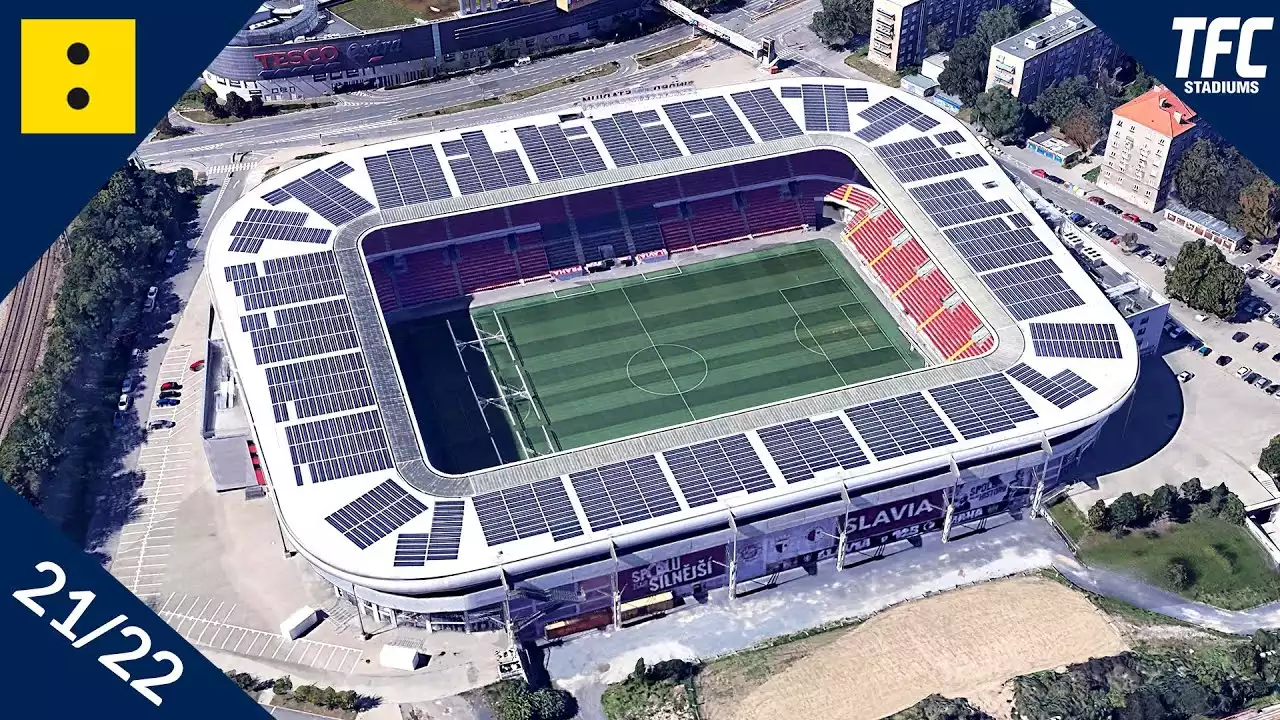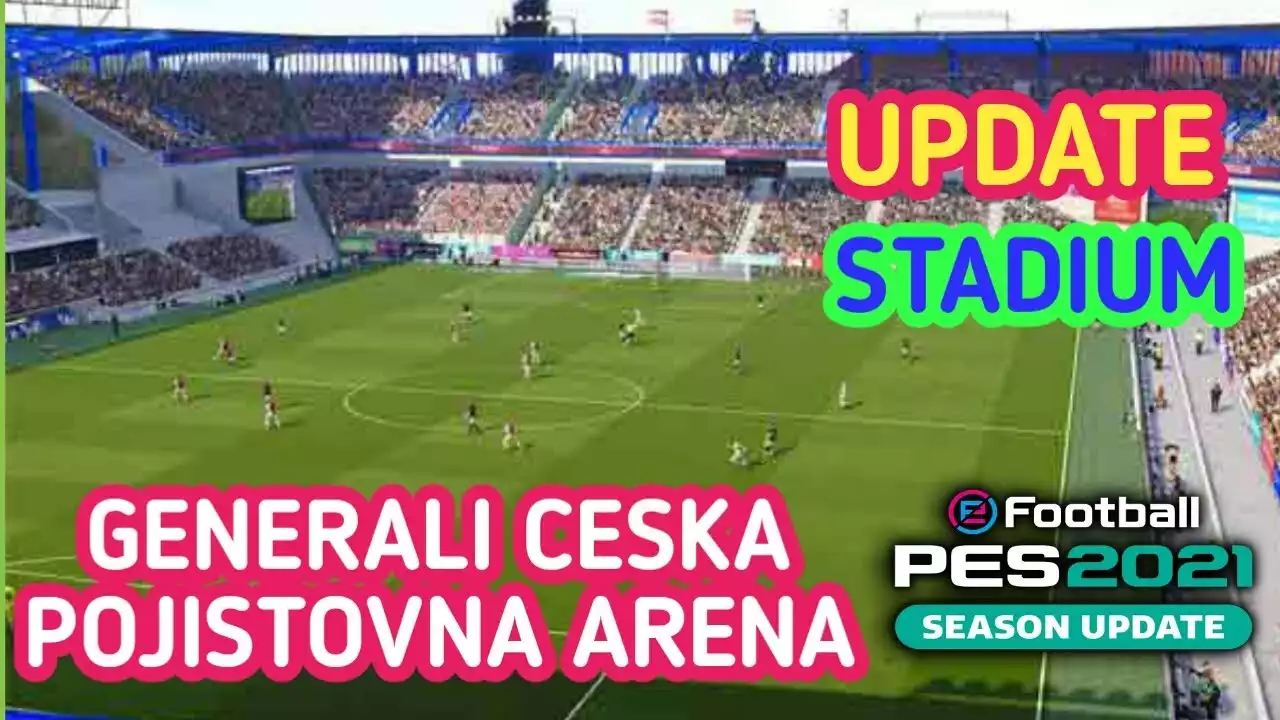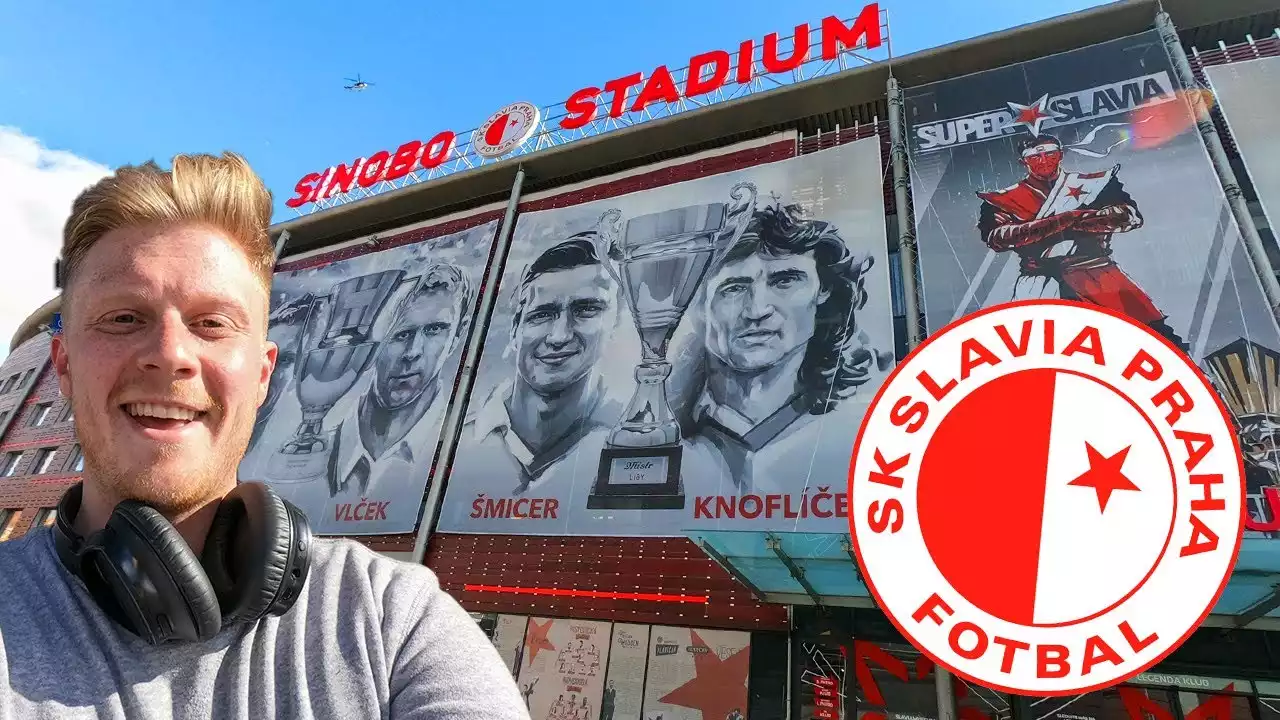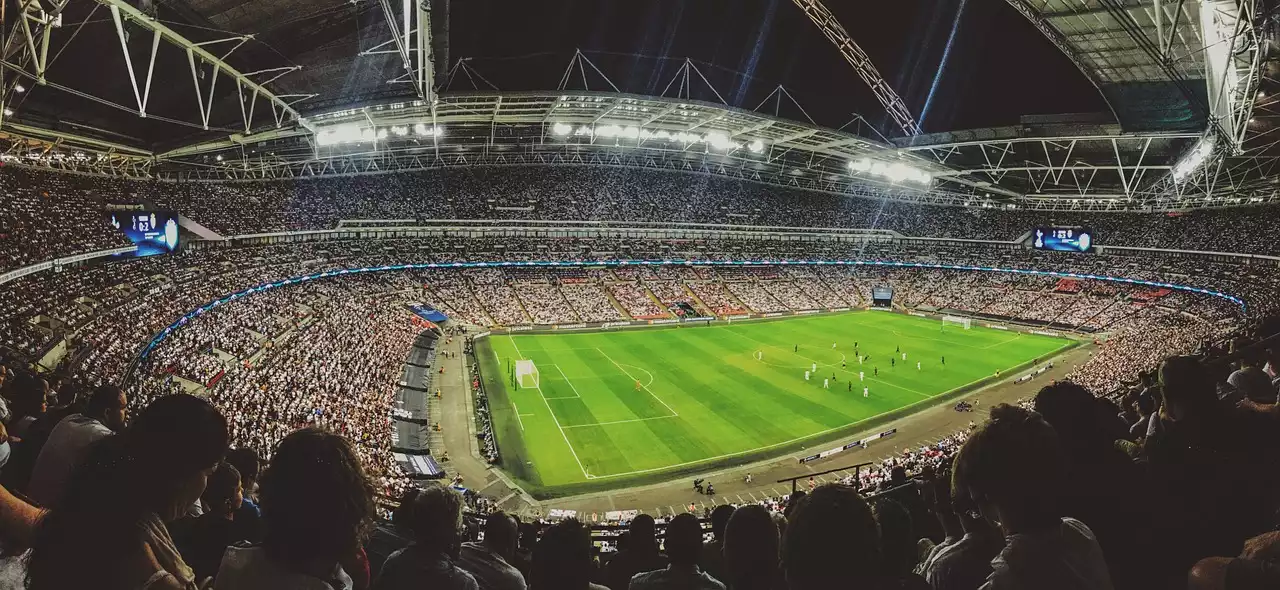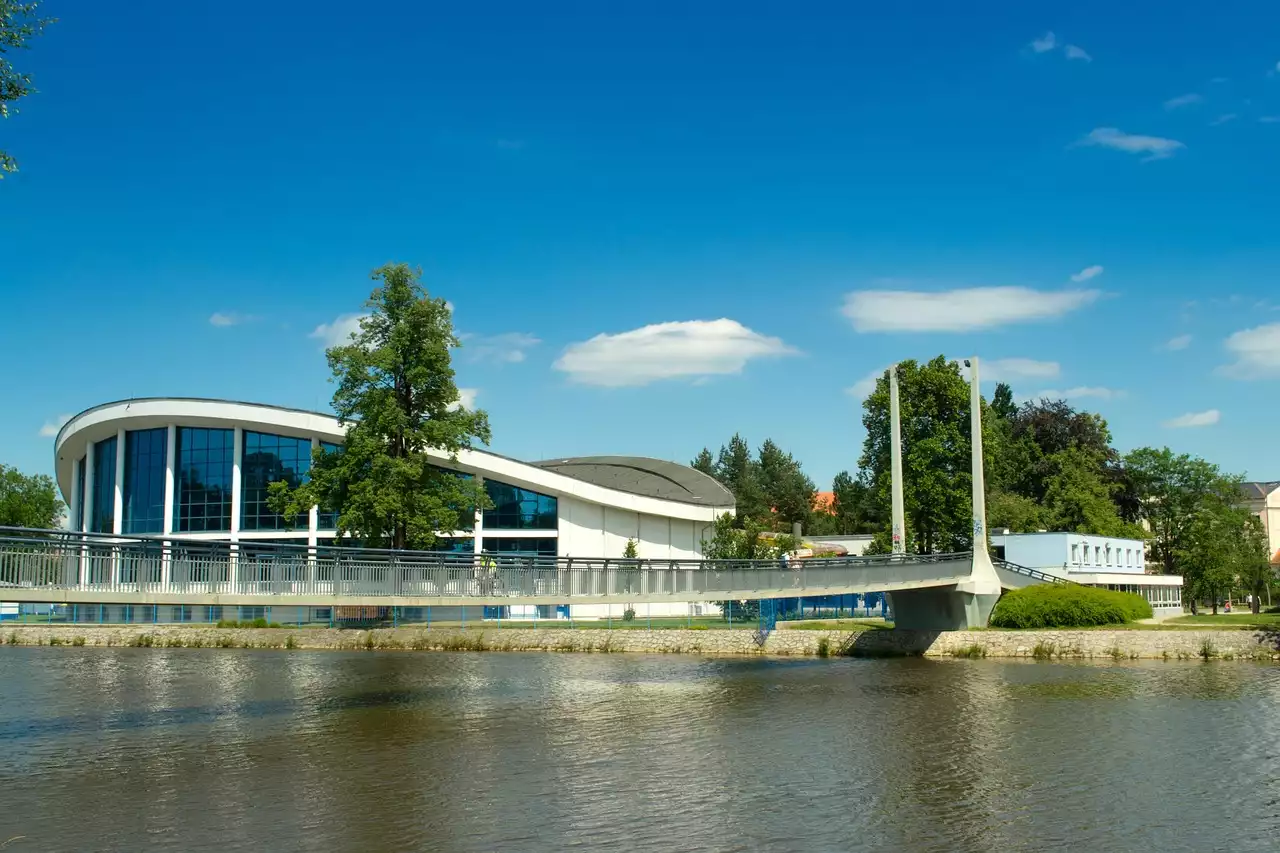The Significance of Stadiums in Local Communities
The sight of a packed stadium on matchday is a sight to behold. The roar of the crowd, the sea of colors, and the palpable excitement in the air - all of these elements contribute to the unique atmosphere that can only be found in a stadium. But the significance of stadiums goes beyond the sporting events they host. They serve as gathering places for the community, where people from all walks of life come together to support their local team. Whether it's families, friends, or strangers, the stadium acts as a unifying force, breaking down barriers and fostering a sense of belonging.
Stadiums also have a symbolic value in the community. They represent the pride and identity of the city or town they are located in. The architecture, design, and history of these venues contribute to the cultural heritage of the community. They become landmarks that locals and visitors alike can identify with, creating a sense of place and history. The stadiums become woven into the collective memory of the community, with stories and legends passed down from generation to generation. In this way, stadiums become more than just buildings; they become living, breathing entities that shape the community's identity.
But the significance of stadiums goes beyond the intangible. They also have a tangible impact on the local economy, which we will explore in the next section.
Historical Background of Czech First League Venues
To understand the significance of Czech First League venues in local communities, it is important to delve into their historical background. The Czech Republic has a rich footballing heritage, with the sport deeply ingrained in the nation's culture. The first football league in Czechoslovakia was established in 1925, and since then, the country has produced some of the world's finest footballers.
Over the years, the Czech First League venues have evolved from humble beginnings to state-of-the-art facilities. Many of these stadiums have undergone extensive renovations and upgrades to meet modern standards. For example, the Generali Arena in Prague, home to Slavia Prague, has a capacity of over 20,000 and boasts world-class facilities. Similarly, the Stadion Letná in Olomouc, home to Sigma Olomouc, has a seating capacity of 12,419 and offers a unique blend of history and modernity.
These venues have witnessed countless historic moments, from championship-winning matches to memorable European nights. The history and legacy of these stadiums add to their allure, attracting fans from far and wide. But it is not just the history that makes these stadiums special; it is also the economic impact they have on their surrounding communities.
Economic Impact of Czech First League Venues
Czech First League venues are not only places of sporting entertainment but also economic powerhouses. The influx of fans on matchdays provides a significant boost to the local economy. Restaurants, bars, hotels, and other businesses near the stadiums thrive on the increased footfall. Matchday revenue contributes to job creation, both directly and indirectly, as businesses hire extra staff to cater to the influx of visitors.
Furthermore, the economic impact extends beyond matchdays. Many stadiums host conferences, concerts, and other events during the offseason, generating additional revenue for the community. The facilities and infrastructure built around the stadiums, such as parking lots and public transportation, also stimulate economic growth.
The economic impact of Czech First League venues goes beyond the immediate vicinity of the stadium. The increased visibility and exposure of the city or town through televised matches and media coverage attract tourists and investors. This, in turn, leads to increased tourism revenue and business opportunities for the entire region. The stadiums become symbols of economic prosperity, attracting investment and driving local development.
While the economic impact of Czech First League venues is undeniable, their significance goes far beyond financial considerations. These stadiums also play a crucial role in fostering social cohesion and community development.
Social Impact of Czech First League Venues
In addition to the economic impact, Czech First League venues have a profound social impact on their surrounding communities. Football has a unique ability to bring people together, transcending social and cultural divisions. The stadium becomes a melting pot of diverse backgrounds, where fans of all ages, genders, and socioeconomic statuses come together to support their team.
The sense of belonging and camaraderie that is fostered in the stadium extends beyond matchdays. Football clubs often organize community events, such as fan days, charity fundraisers, and youth development programs. These initiatives provide opportunities for fans to engage with their favorite team on a more personal level and give back to the community. They also serve as platforms for social integration, promoting inclusivity and diversity.
Czech First League venues also act as catalysts for positive social change. Football clubs and players often use their platform to raise awareness about social issues and promote important causes. Whether it is supporting local charities, advocating for equality, or addressing environmental concerns, these stadiums become spaces for dialogue and action. The power of football to inspire change is truly remarkable, and the impact it has on the community cannot be underestimated.
Cultural Significance of Czech First League Venues
Football is not just a sport; it is a cultural phenomenon. The Czech First League venues are at the epicenter of this cultural movement, shaping and reflecting the values and traditions of Czech society. The stadiums become stages for the expression of national identity and pride. The chants, songs, and rituals performed by fans create a unique atmosphere that is deeply rooted in the country's cultural heritage.
Moreover, the stadiums themselves embody the cultural identity of the community. The architecture, design, and aesthetics of these venues often incorporate elements of Czech history and tradition. From the iconic red brick façade of the Generali Arena to the innovative design of the Stadion Letná, each stadium tells a story that resonates with the fans and the wider community.
Czech First League venues also provide a platform for artistic expression. From pre-match performances to halftime shows, stadiums become stages for musicians, dancers, and artists to showcase their talent. This fusion of sport and culture creates a unique experience for fans, enriching their connection to the community and the sport itself.
Community Engagement Initiatives by Czech First League Teams
Czech First League teams understand the importance of community engagement and take proactive steps to connect with their fans and the wider community. These initiatives go beyond the boundaries of the stadium, reaching out to schools, charities, and other community organizations.
One common community engagement initiative is player visits to schools and hospitals. Players take time out of their busy schedules to interact with young fans, inspire them, and promote the values of sportsmanship and teamwork. These visits have a profound impact on the children, instilling a sense of pride and motivation.
Football clubs also organize youth development programs to nurture local talent and provide opportunities for aspiring young players. These programs not only promote physical fitness but also teach valuable life skills such as discipline, teamwork, and perseverance. By investing in the youth, football clubs contribute to the long-term development and success of the community.
Charitable activities are another important aspect of community engagement. Many football clubs collaborate with local charities to raise funds and awareness for important causes. Whether it is organizing charity matches, auctions, or fundraising events, these initiatives demonstrate the social responsibility of the clubs and their commitment to making a positive impact.
Case Studies of Successful Community Programs
To illustrate the impact of community programs initiated by Czech First League teams, let's look at two case studies: Slavia Prague and Sigma Olomouc.
Slavia Prague's "Football for All" program is a shining example of community engagement. The program aims to promote inclusivity and diversity by providing opportunities for children with disabilities to play football. Through partnerships with local organizations, Slavia Prague organizes training sessions, tournaments, and events specifically tailored to the needs of these children. The program not only improves the physical well-being of the participants but also fosters a sense of belonging and self-confidence.
Sigma Olomouc's "Green Future" initiative focuses on environmental sustainability. The club actively promotes sustainable practices, such as recycling, energy conservation, and responsible waste management. They also organize tree-planting campaigns and educational workshops to raise awareness about environmental issues. By integrating sustainability into their operations, Sigma Olomouc demonstrates their commitment to creating a greener future for the community.
These case studies highlight the innovative and impactful community programs implemented by Czech First League teams. The success of these initiatives is a testament to the dedication and passion of the clubs and their commitment to making a positive difference in the community.
Challenges and Opportunities for Czech First League Venues in Local Communities
While Czech First League venues have a significant impact on their surrounding communities, they also face challenges and opportunities. One of the main challenges is maintaining and upgrading the facilities to meet modern standards. Stadium renovations can be costly and time-consuming, requiring substantial investment from the clubs and local authorities. However, these upgrades are essential to ensure the comfort and safety of the fans and to attract high-profile events.
Another challenge is balancing the commercial aspect of the stadiums with the needs and aspirations of the community. Stadiums need to generate revenue to sustain their operations, but they must also prioritize the interests of the local residents. Finding the right balance between commercial activities and community engagement is crucial to maintaining the harmony between the stadium and its surroundings.
On the other hand, there are also opportunities for Czech First League venues to further strengthen their connection with the community. By expanding community engagement initiatives, embracing new technologies, and collaborating with local organizations, stadiums can become true community hubs. The power of digital platforms can be harnessed to reach a larger audience and create virtual experiences that bring the community together, even when they cannot physically attend matches.
